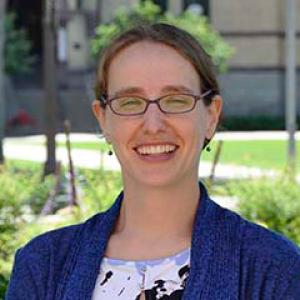Criminal Justice and Forensic Science Faculty
Learn more about the experienced faculty who teach classes in Hamline's criminal justice and forensic science program. These faculty profiles provide background on faculty and their teaching style, contact information, office hours, course listings, and other relevant information.
Contact information
-
Undergraduate Admission
-







